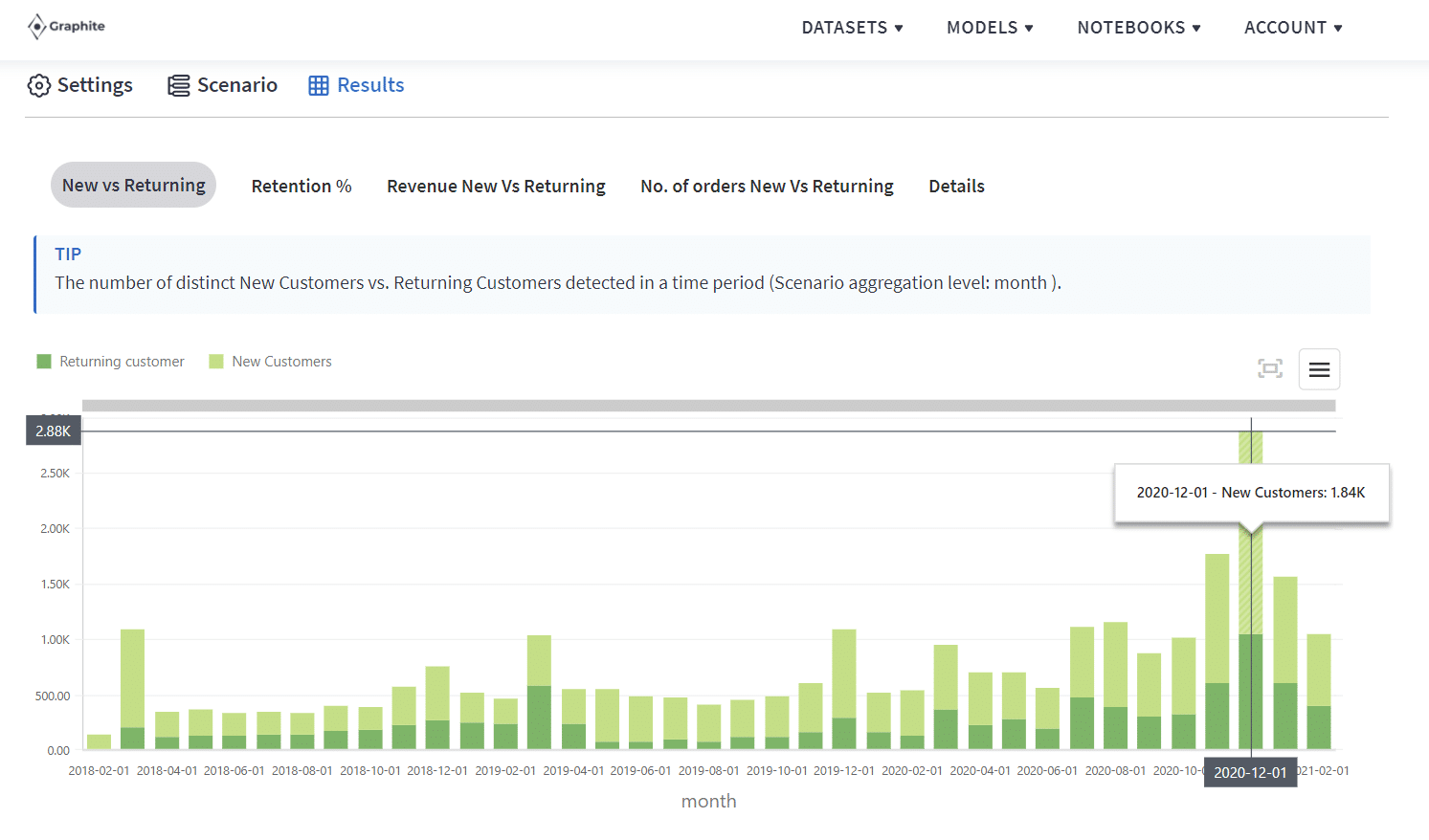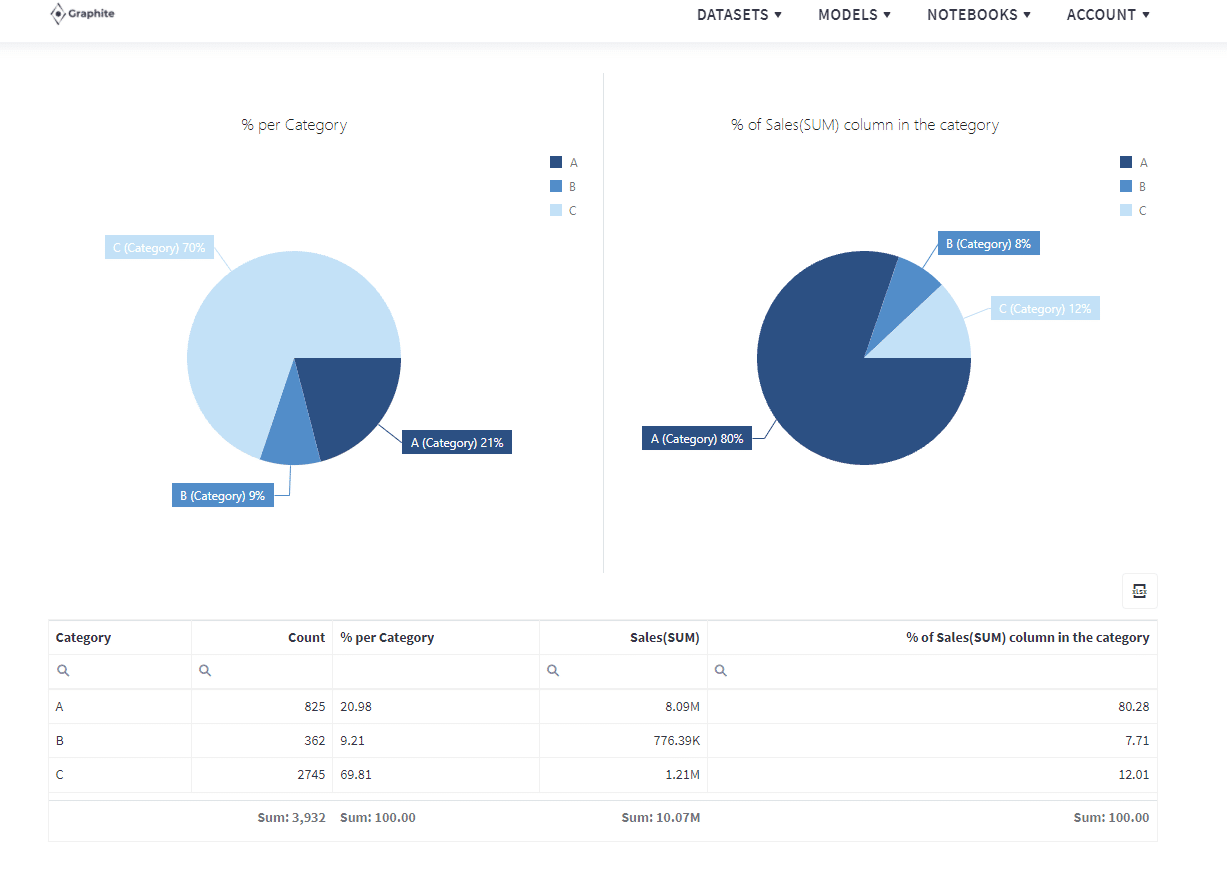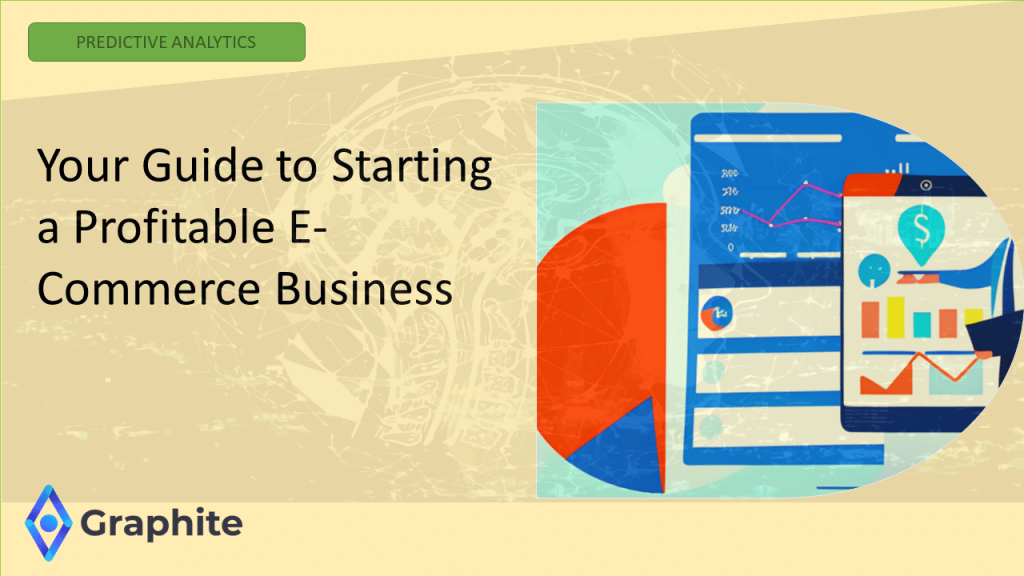Who is a repeat customer?
A repeat customer is your key to business growth.
Attracting new customers is important. Retaining the attention of repeat customers is critical too. Building a customer base of new customers is key. Growing your repeat customer rate is essential. Building loyalty with your repeat customers must be your focus. Here’s why repeat buyers or repeat sales are more important that a new customer:
Your repeat customers
Your repeat customers, or repeat buyers, are key to building your business. Growing your repeat customer rate is a key metric to building a successful business. Here’s how to understand your repeat purchases or retention rate:
New customer acquisition
Acquiring a new customer can cost your business up to five times more than retaining a customer once they’ve made their first purchase from you. The cost of new customer acquisition is high. You need to use substantial resources to acquire a new customer. Your customer Acquisition Cost refers to the expenses incurred on property, equipment, marketing, and any other necessary expenses that you need to use to entice new customers to make a purchase.
A second purchase leads to success
Increasing your customer retention rate by just 5% leads to a growth in profits from 25% to 95%. That’s why it’s well worth the effort to satisfy customers and convince them to become repeat customers. This may involve giving them options to provide feedback on their customer experience – so that you can directly thank them for positive details and address negative points. This leads to the customers developing confidence in your business. There are better ways to retain customers than simply giving them attention and treating their opinions as valuable. As 20% of new buyers are likely to make a second purchase, you must focus on building a good repeat customer rate. Once a customer has been convinced to make a second purchase, they are far more likely to repeatedly purchase from your business. That’s why you need to responsibly manage and keep details of your customer’s preferences and other relevant information.
How to build a good repeat customer rate
You can use various techniques to build a good repeat customer rate. Building your repeat business and growing your loyal customers is important. Here are some ways to build your repeat purchase rate and customer loyalty:
- Customer loyalty programs: You can reward your customer by giving them special prices or discounts when they return to make a second purchase, and more. A customer loyalty program is one of the key ways to grow your customer retention rates.
- Referral programs: You can offer your customers a referral discount through a referral program. You can reward your existing customer for enticing a new customer to buy from your business. You can assign your repeat customer discount codes, referral codes, or a special link. This is another way to ensure good customer service.
- Reward programs: Reward programs encourage your repeat customers to cross certain value thresholds to get special rewards or discounts. You can build better customer relationships with reward programs.
- Purchase size programs: You can entice your customer to increase the size of their purchase by giving them benefits or discounts on bundled purchases. You could also offer free shipping over a particular purchase value. This is a good way to enhance overall customer experience and build your average order value.
- Gamification: Gamification is another effective marketing strategy you can use to build your customer retention rates. You reward your customers for completing simple tasks or entering competitions. This enhances your customer’s experience and customer satisfaction.
- Customer feedback programs: Customer feedback programs are also useful as part of your marketing efforts. You could offer your customer a free gift for providing you with customer feedback. You can reward your customers for their brand loyalty when they complete a customer experience survey. These all work well as a retention marketing tactic. They also help you ensure excellent customer service, and help you isolate incidents of poor customer service.

A second purchase is indirect feedback
Many ecommerce businesses miss the opportunity within a second purchase. A second purchase from second or third time customers gives you valuable insight into several different business metrics. By placing a second order, or making a repeat purchase, your returning customer is giving you indirect feedback.
Categories and products
Pay attention to the products that your repeat customers buy. Take note of the categories on your online store that attract the most repeat orders. Analyze this data, and you’ll soon pick up on purchase patterns. This helps you focus your resources on particular types of products and repeat sales. This also helps you to identify where you can introduce new products to your online store.
Time frame: seasonal sales
You may notice a particular time period when customers are more likely to place a second order. Take advantage of that seasonal attention to build your customer retention strategies. You’ll also gain a better understanding of your customer retention rates.
Assess your marketing strategy
Second purchases are a great indicator of which marketing tactics are effective in enticing your customers to remain loyal to your store. What builds customer loyalty, or loyalty to a particular brand, is what builds your business.

Analyze your customer data
Collecting and analyzing data of your repeat customers enables you to compare the different customer demographics of your online business. You can compare customers, compare purchases, and compare products. Repeat customers give you incredible insight into your business. Your e-commerce store can give you a lot of data to collect and analyze. That second purchase and returning customer are the most important customer statistics to study.
Conclusion
Only 20% of first-time buyers are likely to make a second purchase. It is reassuring to know that once your customer has made a second purchase, they are more likely to buy from you again. They are likely to repeatedly purchase similar products, forge a strong relationship with your brand, and recommend your products. You can augment that customer experience by tailoring your customer service program. Now that you know why the second purchase is so important, you’re ready to grow your business.
Graphite Note gives businesses like yours automated statistical models built with the help of predictive analytics to create a time-efficient, pro-tech solution to their data analysis needs. Models like customer segmentation, customer lifetime value, cohort analysis of ABC analysis can help you greatly in identifying your customer groups, their behavior, and the best course of action for them.




